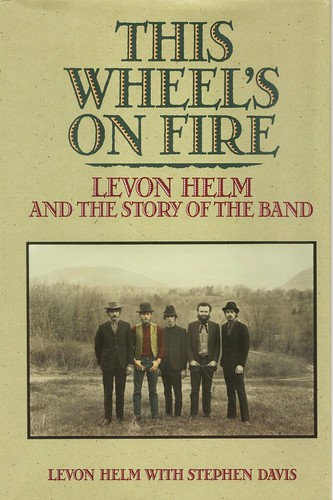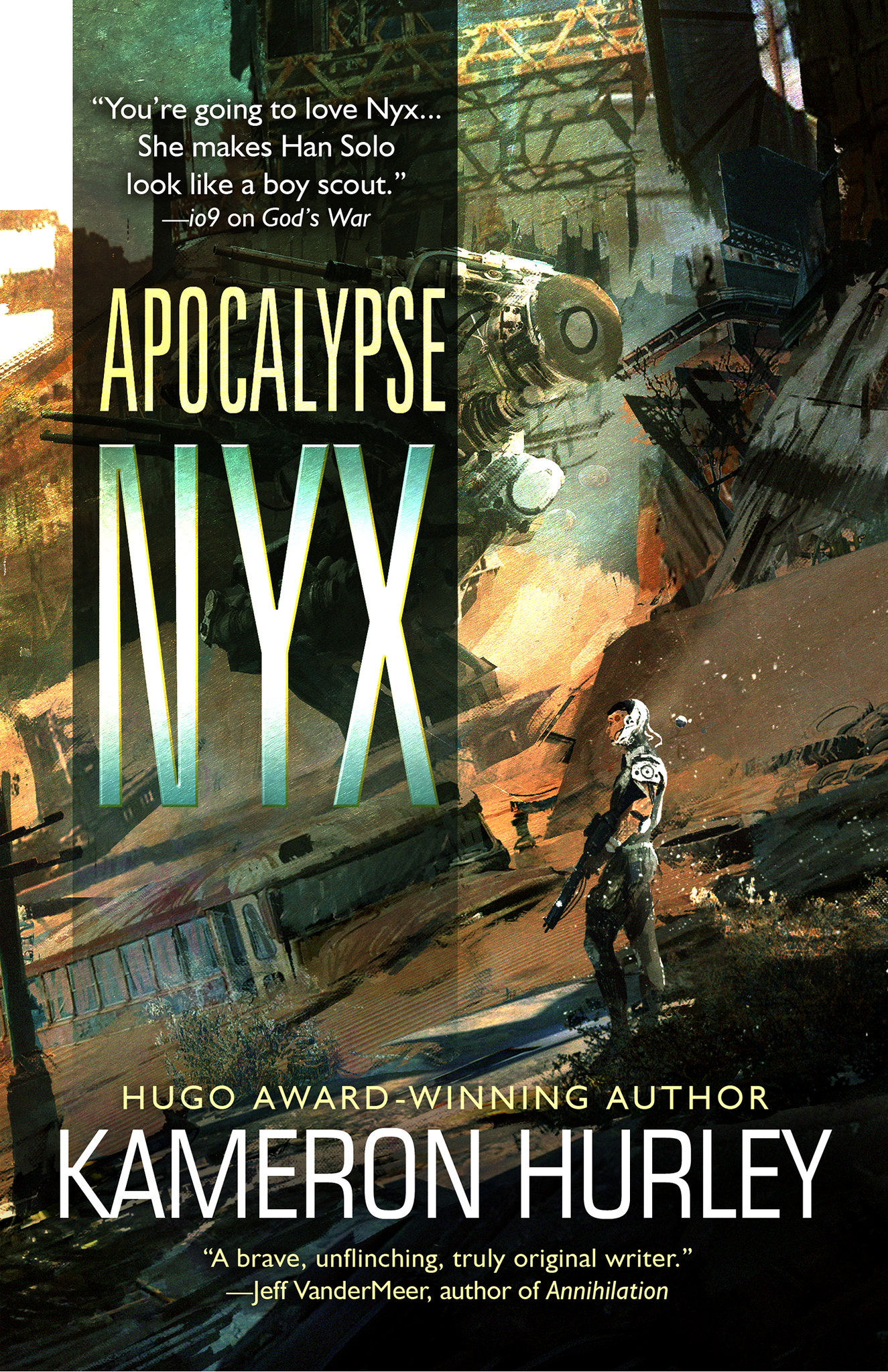 This book was originally published in hardcover as just Backstage Passes in 1977, covering the years 1958-1968. You may think, What could Al Kooper have done, between the ages of 14 and 24, that demands an entire book?
This book was originally published in hardcover as just Backstage Passes in 1977, covering the years 1958-1968. You may think, What could Al Kooper have done, between the ages of 14 and 24, that demands an entire book?
Al Kooper scored his first professional gig at the very young age of 14 as a guitarist in the band the Royal Teens. He later joined the avant-garde blues-rock band Blues Project as a keyboardist in 1965; and after leaving that band, he then formed his own band, Blood, Sweat & Tears, in 1967. And let's not forget the Monterey Pop Festival, also in 1967, and something called Woodstock in 1968....
Let's see, what else: Al Kooper co-wrote the #1 pop song "This Diamond Ring," recorded by Gary Lewis and the Playboys when, I believe, he was just 20 years old. When Bob Dylan went electric in 1965 at the Newport Folk Festival, that was Al Kooper on the stage, playing Hammond organ in Bob's backing band. Kooper had just finished working with Dylan on the recording session for his iconic song "Like a Rolling Stone," so Dylan asked Kooper to join his backing band at Newport.
Following the festival, Kooper then went on to play on the sessions for the rest of Dylan's highly successful album Highway 61 Revisited. Al Kooper was 21. (Note: During those recording sessions, Al Kooper met guitarist extraordinaire Michael Bloomfield; the two later recorded together the albums Super Session and The Live Adventures of Mike Bloomfield and Al Kooper, both in 1968.)
Speaking of the recording session for "Like a Rolling Stone," Al Kooper actually bluffed his way into that session -- he had never previously played a Hammond organ until then. Here's just a bit of what he writes about that experience:
Let's see, what else: Al Kooper co-wrote the #1 pop song "This Diamond Ring," recorded by Gary Lewis and the Playboys when, I believe, he was just 20 years old. When Bob Dylan went electric in 1965 at the Newport Folk Festival, that was Al Kooper on the stage, playing Hammond organ in Bob's backing band. Kooper had just finished working with Dylan on the recording session for his iconic song "Like a Rolling Stone," so Dylan asked Kooper to join his backing band at Newport.
Following the festival, Kooper then went on to play on the sessions for the rest of Dylan's highly successful album Highway 61 Revisited. Al Kooper was 21. (Note: During those recording sessions, Al Kooper met guitarist extraordinaire Michael Bloomfield; the two later recorded together the albums Super Session and The Live Adventures of Mike Bloomfield and Al Kooper, both in 1968.)
Speaking of the recording session for "Like a Rolling Stone," Al Kooper actually bluffed his way into that session -- he had never previously played a Hammond organ until then. Here's just a bit of what he writes about that experience:
"Imagine this: There is no music to read. The song is over five minutes long, the band is so loud that I can't even hear the organ, and I'm not familiar with the instrument to begin with. But the tape is rolling, and that is Bob-fucking-Dylan over there singing, so this had better be me sitting here playing something. The best I could manage was to play hesitantly by sight, feeling my way through the changes like a little kid fumbling in the dark for the light switch. After six minutes they'd gotten the first complete take of the day and everyone adjourned to the control room to hear it played back.
...
If you listen to it today, you can hear how I waited until the chord was played by the rest of the band, before committing myself to play in the verses. I'm always an eighth note behind everyone else, making sure of the chord before touching the keys...."
So, what do you think? Is that ten-year span sufficient to fill a book? And though I've mentioned just the cursory points, the author goes into depth on the bands and musicians, the songs, the sessions, the cities and the places, and the events of the day.
Twenty years after this book had been published, and long since out of print, Al Kooper found a new publisher willing to reprint the book as a trade paperback. But, the author chose to revise those first ten years (with more pointed detail) as well as adding his personal experiences over the next thirty years. And with the reprint came a new, more descriptive title: Backstage Passes & Backstabbing Bastards: Memoirs of a Rock 'N' Roll Survivor .
.
But wait, there's more! The book was reprinted yet again, in 2008, to cover additional years from 1998 through 2007. Al Kooper had to deal with some very serious health issues by this time, which he faced with aplomb.
According to Wikipedia, Al Kooper had a sixty-eighth birthday celebration at the Regatta Bar in Cambridge, Massachusetts, on February 4, 2012. And, I assume, Kooper is still performing to this day.
Twenty years after this book had been published, and long since out of print, Al Kooper found a new publisher willing to reprint the book as a trade paperback. But, the author chose to revise those first ten years (with more pointed detail) as well as adding his personal experiences over the next thirty years. And with the reprint came a new, more descriptive title: Backstage Passes & Backstabbing Bastards: Memoirs of a Rock 'N' Roll Survivor
But wait, there's more! The book was reprinted yet again, in 2008, to cover additional years from 1998 through 2007. Al Kooper had to deal with some very serious health issues by this time, which he faced with aplomb.
According to Wikipedia, Al Kooper had a sixty-eighth birthday celebration at the Regatta Bar in Cambridge, Massachusetts, on February 4, 2012. And, I assume, Kooper is still performing to this day.
"...The other amazing thing about cutting that album [Bob Dylan's Blonde on Blonde] was the firsthand knowledge that you were making history. After I cut the Highway 61 Revisited album, I heard those songs everywhere. I will probably hear them all my life, anywhere I go. They were instant classics because they were prime Dylan. Imagine how it felt playing on a session where, by virtue of the fact that you had already done it once before, you knew that whatever you played would last forever. That's a heavy responsibility for a punk from Queens. Thank you, Bob, for giving me that opportunity."
–Al Kooper, Backstage Passes & Backstabbing Bastards
Here are a few album recommendations for those who might like to pursue the music of Al Kooper -- most, but not all, should be available on CD (and again, I can't speak to streaming as I prefer the physical media). By the way, this list is excerpted from a full eight pages of Kooper's body of work.
As musician–
- The Best Of The Blues Project (Rhino Records, 1989)
- Blood, Sweat & Tears - Child Is Father To The Man (Columbia, 1968)
- Al Kooper - I Stand Alone (Columbia, 1968)
- Mike Bloomfield / Al Kooper / Stephen Stills - Super Session (Columbia, 1968)
- The Live Adventures Of Mike Bloomfield And Al Kooper (Columbia, 1968)
- Soul Of A Man: Al Kooper Live (MusicMasters, 1995, 2-CD)
As producer/arranger–
- Lynyrd Skynyrd – (Pronounced 'Lĕh-'nérd 'Skin-'nérd) (MCA/Sounds of the South, 1973)
- Lynyrd Skynyrd – Second Helping (MCA/Sounds of the South, 1974)
- The Tubes (A&M, 1975)
- Nils Lofgren - Cry Tough (A&M, 1976)



